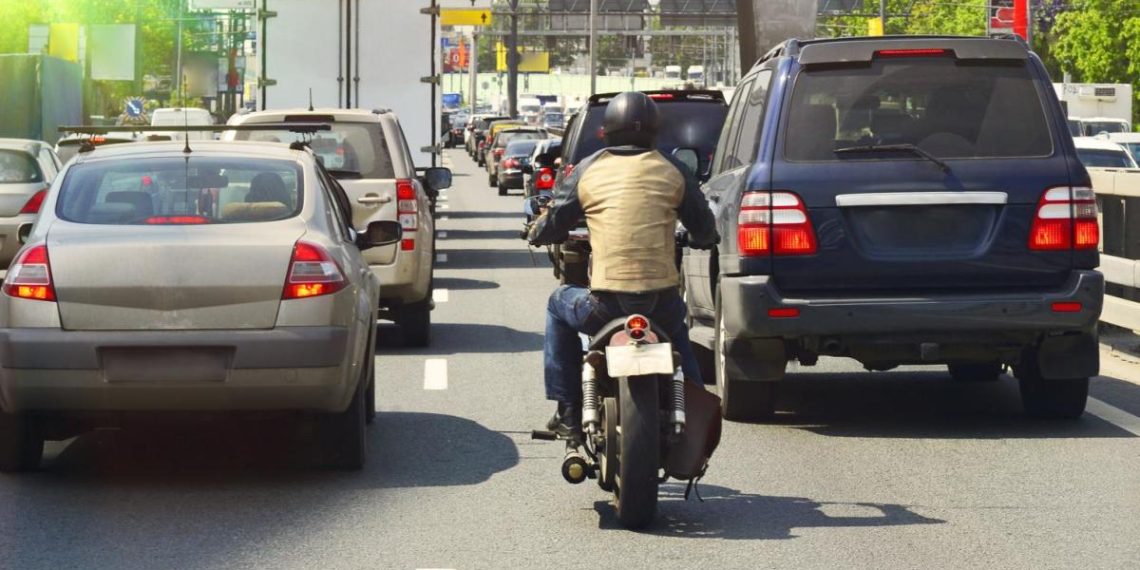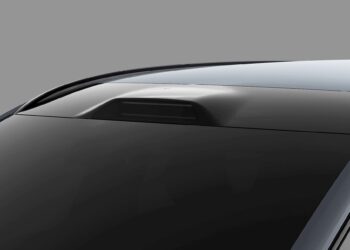The European Automobile Manufacturers Association (ACEA) has requested greater flexibility from the European Union (EU), as well as the elimination of fines for excess emissions this year, to avoid harming the sector’s competitiveness and to stay on course.
ACEA warns that the automotive industry cannot wait for the European Commission to conclude the Strategic Dialogue on the future of the sector to address the issue of fines set for this year for companies whose ranges do not meet the average CO2 emissions values.
“It’s not about changing the destination; it’s about adjusting how we get there.”, said ACEA Director General Sigrid de Vries in a statement. Automobile manufacturers are seeking a change in the European Commission’s environmental target requirements, given less optimistic forecasts for the sector, as well as for the gains in market share in electric vehicles.
Currently, a strategic dialogue is underway between the European executive and the automotive industry, which represents about 7% of the EU’s Gross Domestic Product (GDP) and faces uncertainties.
The dialogue will produce an automotive action plan, which will be presented by the European Commission on March 5, and is being conducted under the supervision of President Ursula von der Leyen.
“The sector seeks a gradual compliance approach and an average compliance mechanism to facilitate the 2025 rules and avoid risks of penalties due to stagnation in the adoption of electric vehicles.”, adds the ACEA note.
In addition to the global decline in electric vehicle sales, the industry also complains about the lack of development of the ecosystem for battery production, the absence of tax incentives for the purchase of vehicles with lower emissions, and the insufficient implementation of charging and hydrogen refueling infrastructure.
It should be noted that starting in 2025, the European automotive industry must reduce average carbon dioxide emissions by 15% compared to 2021, aiming for an average of 93.6 g/km under the WLTP regime. The targets are even higher in the not-so-distant future, with a goal of achieving a 55% reduction by 2030 and 100% by 2035. If these targets are not met, fines will be imposed per vehicle.










